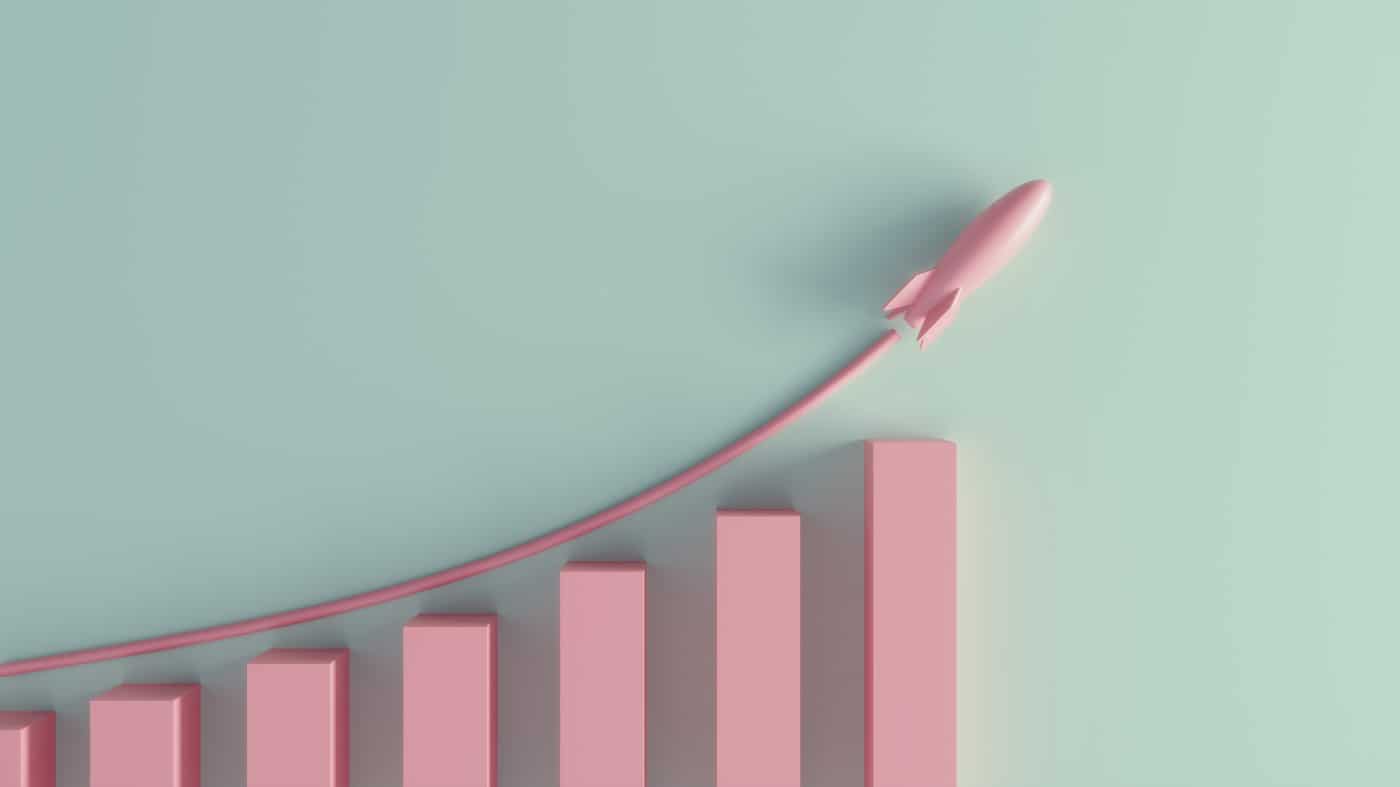Making one steady salary is good, but generating a second income is even better.
On the one hand, it provides an additional financial safety net against any nasty turn of events. On the other, it allows for more of life’s good things to be experienced and enjoyed.
Investing in high-yielding shares is the best way I have found of doing this.
It can generate both regular returns and increases in original capital, unlike gold. And it comes with minimal daily effort involved, unlike some other passive income ideas.
In fact, the only real effort involved is initially selecting the shares and then periodically monitoring how they perform.
My three key factors in share selection
First, each share selected should pay high dividends to maximise the second income generated. So, the higher the better, in my view.
Then the chosen company should also look set for future growth. This is what powers rises in share price rises and dividends over time.
And its shares should look undervalued compared to its peers. This reduces the chances of an extended share price drop wiping out dividend gains.
I recently bought abrdn (LSE: ABDN) shares for these three reasons.
Ticking all the boxes
On the first point, it paid a total dividend of 14.6p a share in 2023. On the current price of £1.57, this gives a yield of 9.3%. This is one of the very highest in any FTSE index.
On the second, a risk in the company is that its current reorganisation does not result in higher earnings. Another is that the recent net inflow of assets under management reverses.
However, consensus analysts’ estimates are that earnings will grow at 55.9% a year to end-2026. Earnings per share are forecast to increase by the same level each year to that point.
And on the third point, it currently trades on the key price-to-book (P/B) measurement of stock value at just 0.5. This is by far the lowest in its peer group, the average of which is 3.5. This says to me that they look very undervalued.
A turbo-charged high yield
So, £9,000 invested at 9.3% would make £837 this year in dividend payments.
If the yield averaged the same over 10 years, the dividends would be £8,370 on top of the £9,000 investment.
Crucially however, these returns could be turbo-charged by reinvesting the dividends paid back into the stock.
This is known as ‘dividend compounding’ and is the same process as compound interest in a bank account. But rather than interest being reinvested, dividend payments are.
If this was done, then the dividend payments after 10 years would total £13,729 instead of £8,370!
This would mean £22,729 in total, paying £2,011 a year in dividends, or £168 a month.
Over 30 years on an average 9.3% yield, the investment pot would total £144,962, paying £12,826 a year, or £1,069 a month!
Inflation would reduce the buying power of the income over time, of course. And yields can go down as well as up, depending on dividend payments and share prices.
However, it highlights that relatively small investments in the right stocks can generate a significant second income if the dividends are reinvested.







